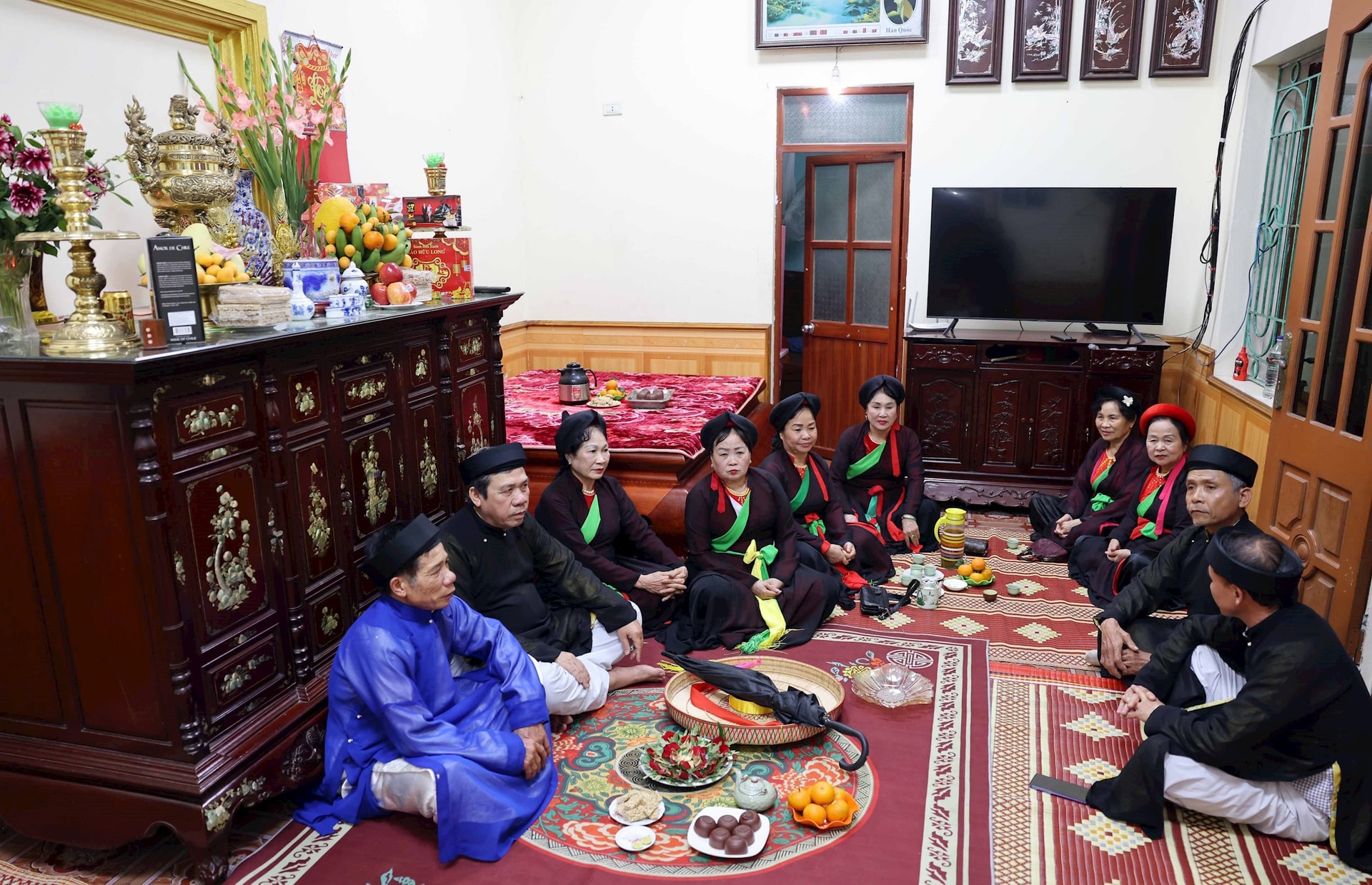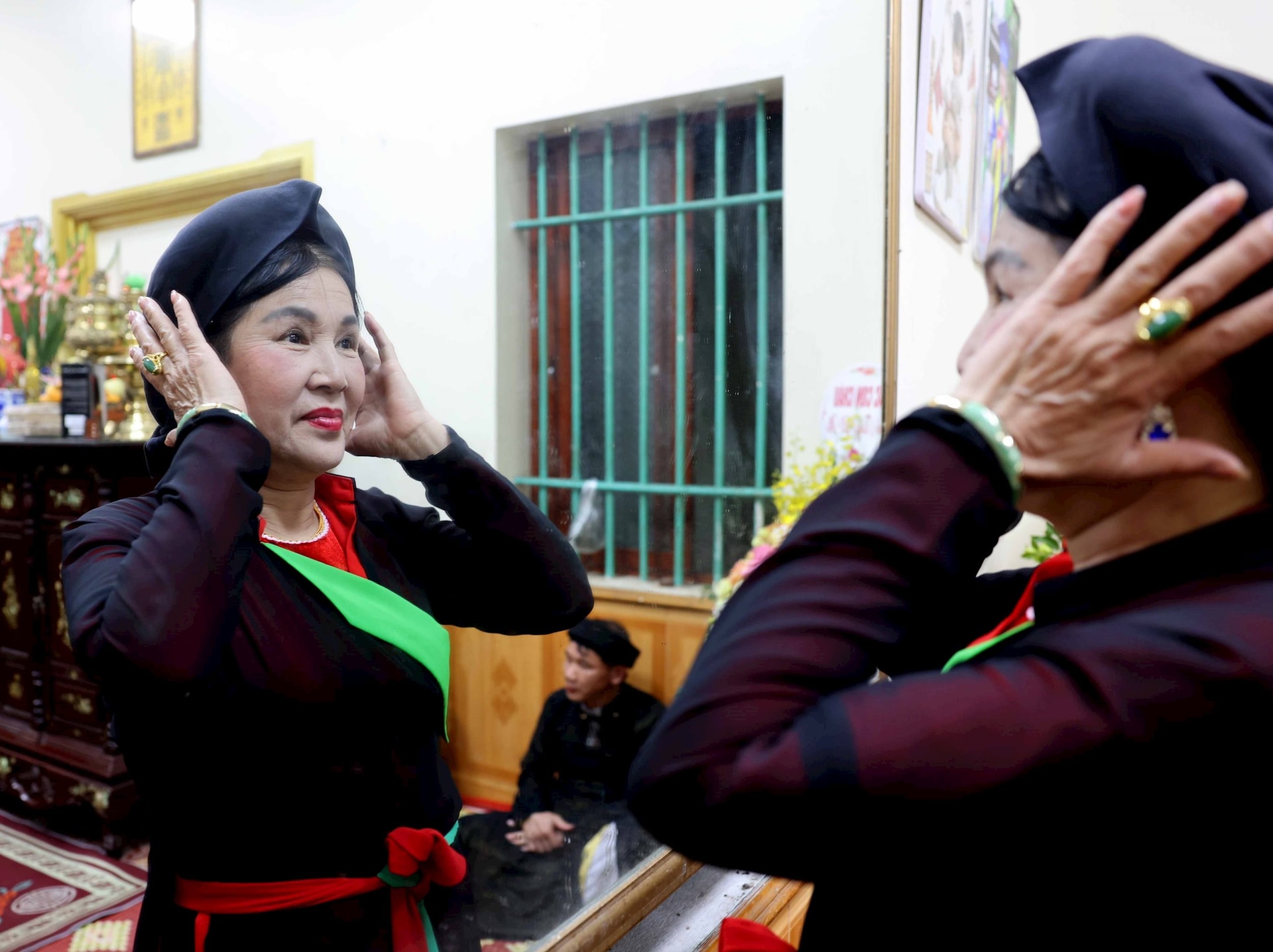VIETNAM PROMOTES CULTURAL HERITAGE VALUES FOR SUSTAINABLE FUTURE
LongForm - Ngày đăng : 16:55, 20/11/2025
VIETNAM PROMOTES CULTURAL HERITAGE VALUES FOR SUSTAINABLE FUTURE

Over 4,000 years of history have left the Vietnamese people with a rich and diverse cultural heritage. This heritage is not only an invaluable asset for the nation but also an important resource for sustainable development. In the context of strong globalisation and urbanisation, preservation of cultural heritage values has become an essential task.
According to the Department of Cultural Heritage under the Ministry of Culture, Sports, and Tourism, as of mid-2024, there were over 40,000 historical sites across the country, including eight UNESCO world heritage sites, 130 special national, 3,621 national, and more than 10,000 provincial relic sites.
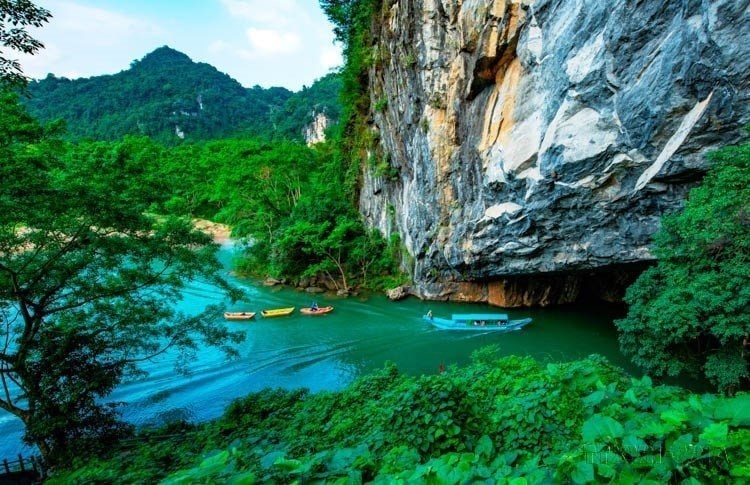
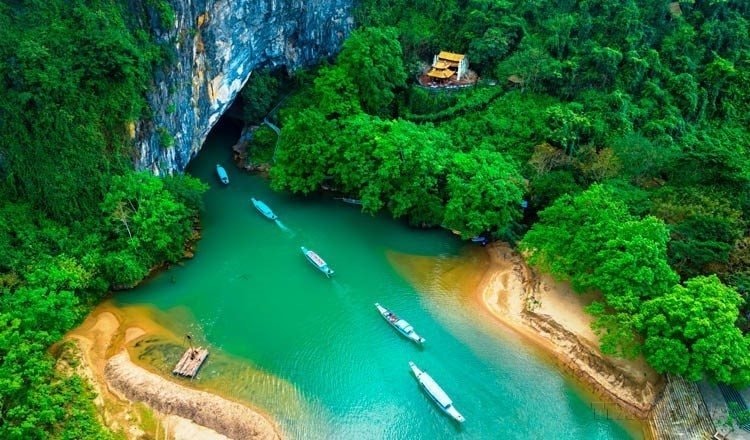
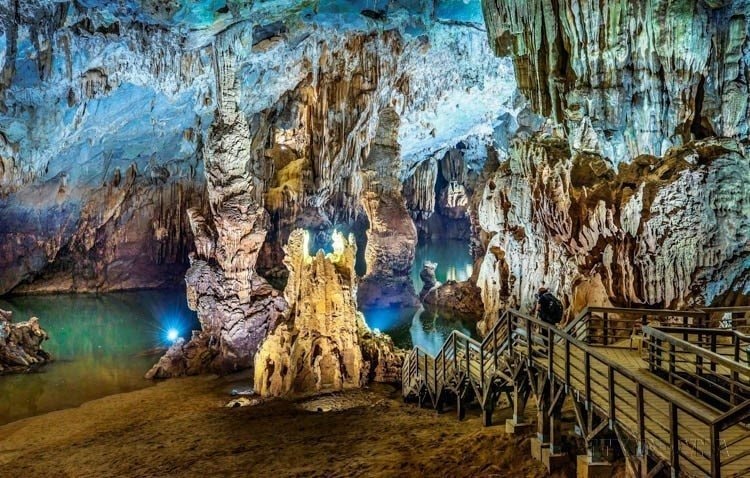

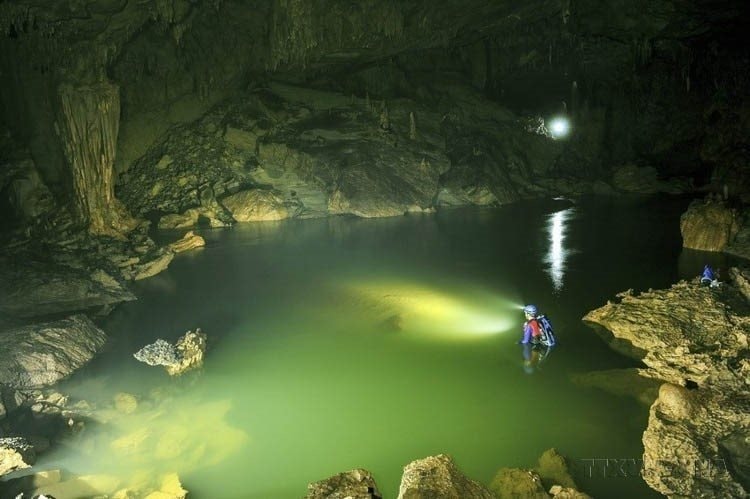

Regarding intangible cultural heritage, approximately 70,000 cultural elements have been catalogued across the country. Out of these, 15 items have been recognised by UNESCO as part of the Intangible Cultural Heritage of Humanity and the Intangible Cultural Heritage in Need of Urgent Safeguarding lists. Additionally, there are nine documentary items included in UNESCO's Memory of the World programme, 498 listed in the National Intangible Cultural Heritage List, and 265 others acknowledged by the Prime Minister as National Treasures. Notably, the Trang An Scenic Landscape Complex is the only mixed World Heritage site in both Vietnam and Southeast Asia.
Vietnam's rich cultural heritage not only enhances the diversity and unique identity of its culture in the context of international integration but also plays a crucial role in the country's socio-economic development. Numerous cultural heritage sites have been transformed into comprehensive cultural-tourism products, which in turn drive tourism development. These heritage treasures significantly contribute to establishing the nation’s brand in the era of global integration.
A driving force for sustainable development

Recently, the government allocated trillions of Vietnamese dong to support localities nationwide in protecting, restoring, and revitalising cultural monuments, transforming them into attractive destinations for both domestic and international tourists.
For example, the Imperial City of Hue and Ha Long Bay, both inscribed as UNESCO World Cultural and Natural Heritage Sites in the 1990s, initially attracted only a few tens of thousands of visitors, but today, they draw millions of visitors each year for tourism and research. Similarly, the Trang An Scenic Landscape Complex, after just five years of being recognised by UNESCO, now attracts more than 6.3 million visitors annually.
The socialisation efforts in protecting and promoting the value of heritage sites have also achieved positive results, successfully mobilising significant funds from associations, businesses, and international aid from UNESCO for the protection, restoration, conservation, and revitalisation works. Restoration projects for historical relic sites, such as the One Pillar Pagoda or sites in the Imperial City of Hue, have been carried out with the active participation of local communities.
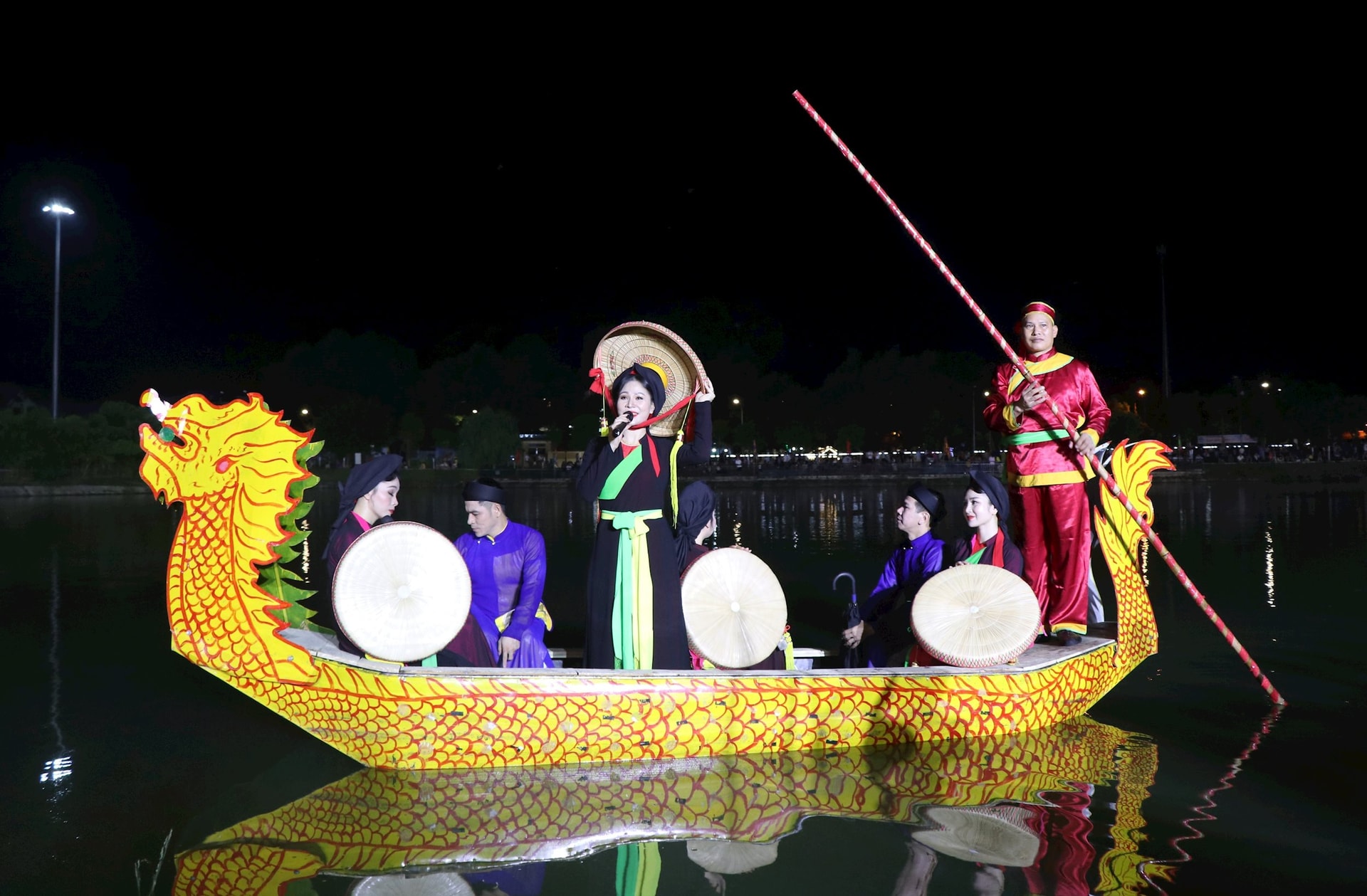
Additionally, intangible cultural heritage has been collected, researched, and organised for performances, contributing directly to enhancing the cultural life at the grassroots level of local communities. Numerous intangible cultural heritages have become attractions that draw both domestic and international visitors, creating unique brands and identities for localities. Examples include Quan Ho folk singing in Bac Ninh, Soc Temple Festival and Chua Huong (Perfume Pagoda) Festival in Hanoi, Ca Hue (Hue traditional singing) in Hue, and the boat race in Soc Trang.
In many localities, cultural heritage has played a significant role in shifting the economic structure, creating employment opportunities for thousands of workers, and improving the living standards of local people. After 20 years since being recognised as a World Heritage site, Hoi An has greatly contributed to the local tourism industry, which now accounts for over 70% of its GDP. These revenues have significantly contributed to the local budget, helping improve infrastructure, education, health care, security, and the preservation of heritage sites.
In 2023, Vietnam was named the “Top Heritage Destination in the World" by the World Travel Awards (WTA) for the fourth time, reaffirming its potential and the immense appeal of its natural resources and long-standing cultural heritage. This recognition has helped elevate its tourism, making it shine on the global tourism map.
Consistent policy of the Party and State
From an early stage, the Party and State have recognised the importance of Vietnam's cultural heritage and consistently maintained the policy of focusing on the preservation and promotion of the nation's traditional cultural values.
On November 23, 1945, President Ho Chi Minh signed Decree No. 65/SL, which was the first legal document issued by the State regarding the preservation of national cultural heritage. The decree emphasised that preserving ancient relic sites "is a very important and necessary task for the reconstruction of Vietnam."

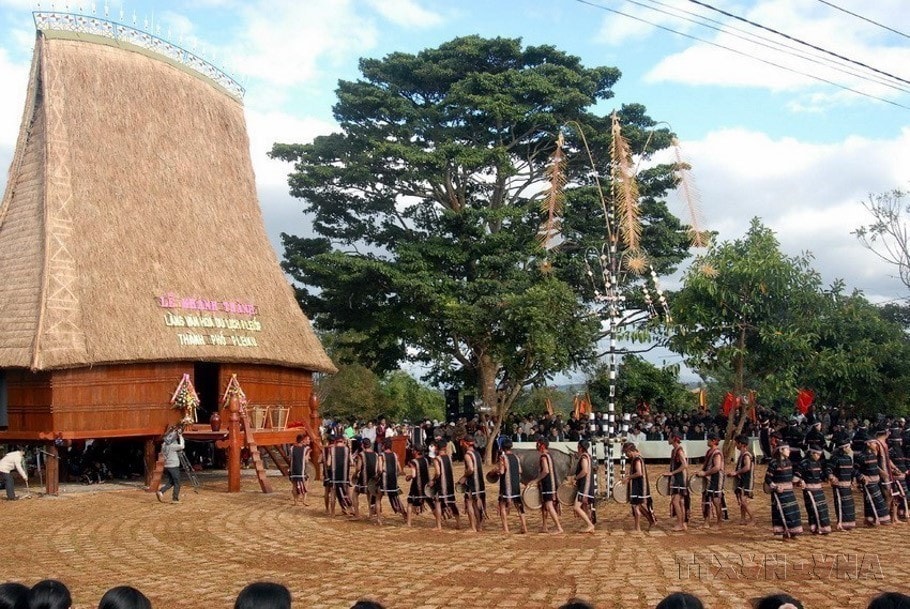
In 2001, the Law on Cultural Heritage was enacted by the 10th National Assembly during its 9th session. This law established the highest legal framework for the protection of cultural heritage in Vietnam.
In 2005, the Prime Minister designated November 23 as "Vietnam Cultural Heritage Day" to protect and promote the value of the country’s cultural heritage and to encourage active participation from all social strata.
Over the years, Vietnam Cultural Heritage Day has evolved into a significant event, igniting a passion for national cultural heritage in the hearts of millions of Vietnamese people.
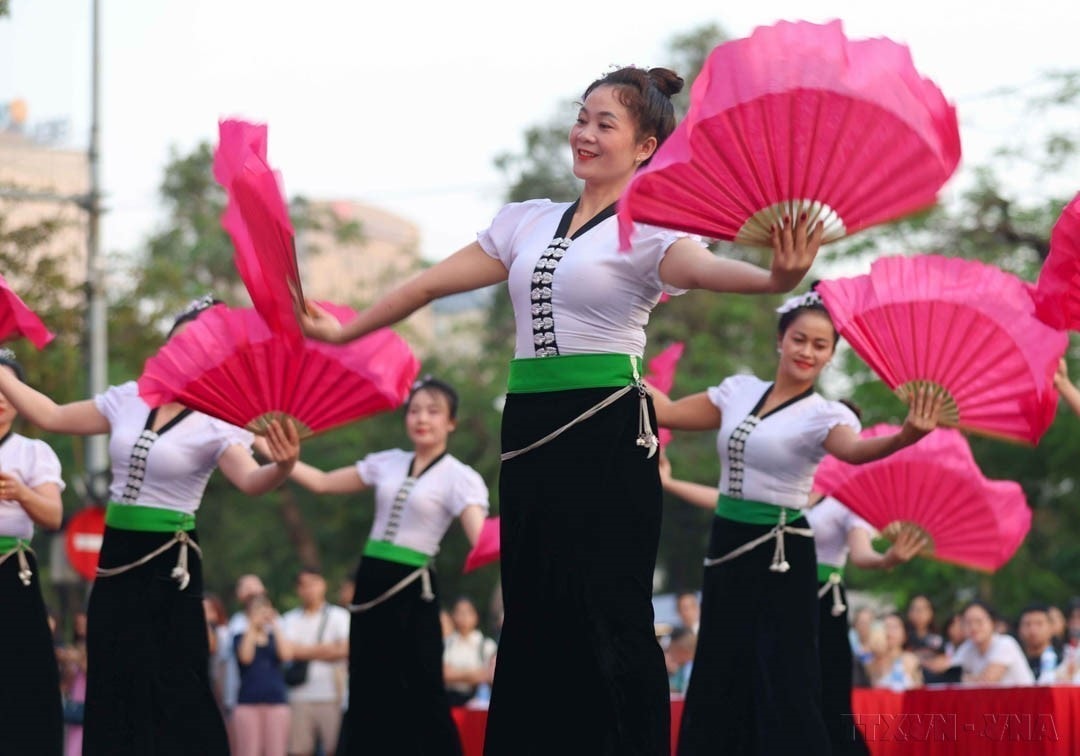


The application of new technologies in the management and preservation of heritage, as well as the development of a digital database of cultural heritage, has been prioritised by the State. On December 2, 2021, the Prime Minister approved the programme on digitalisation of Vietnam's cultural heritage in the 2021-2030 period. Based on this, agencies and organisations have begun to digitise existing data from museums and heritage site management boards across the country. This effort aims to gradually form a shared database for the sector, creating a foundation to maximise the potential of heritage within the cultural industry.
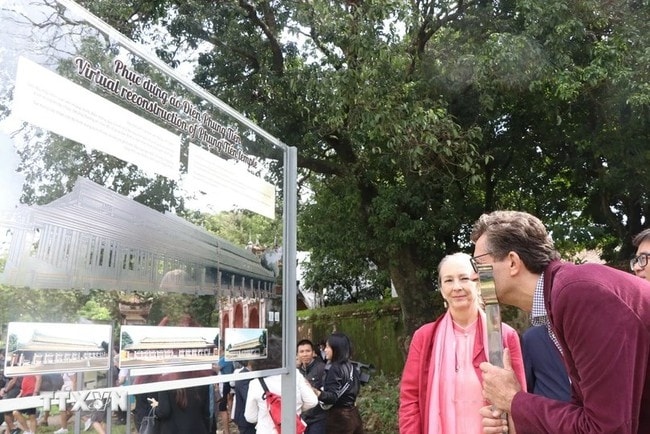
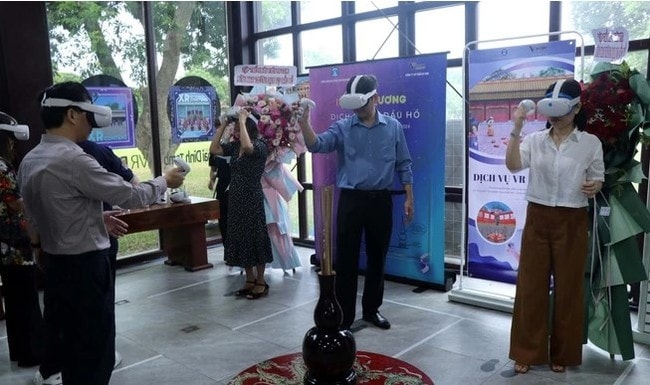
Particularly, the development of the Party's theoretical thinking on the promotion of the soft power of Vietnamese culture, which first appeared in the documents of the 13th National Party Congress, has affirmed the invaluable tangible and intangible cultural heritage of the Vietnamese people. The distinctive cultural identity of Vietnam and the strength of the Vietnamese people have become the roots of the nation's soft cultural power, serving as a vast resource for the country's sustainable development and international integration./.


